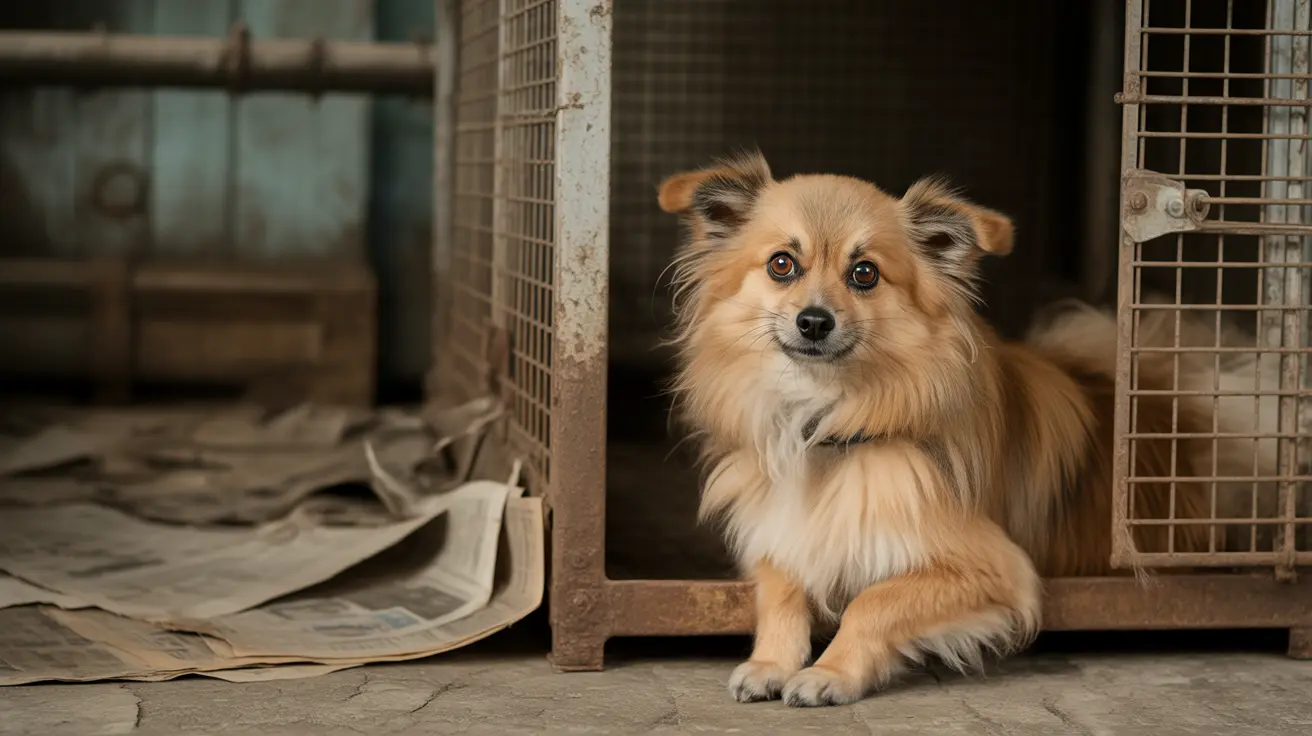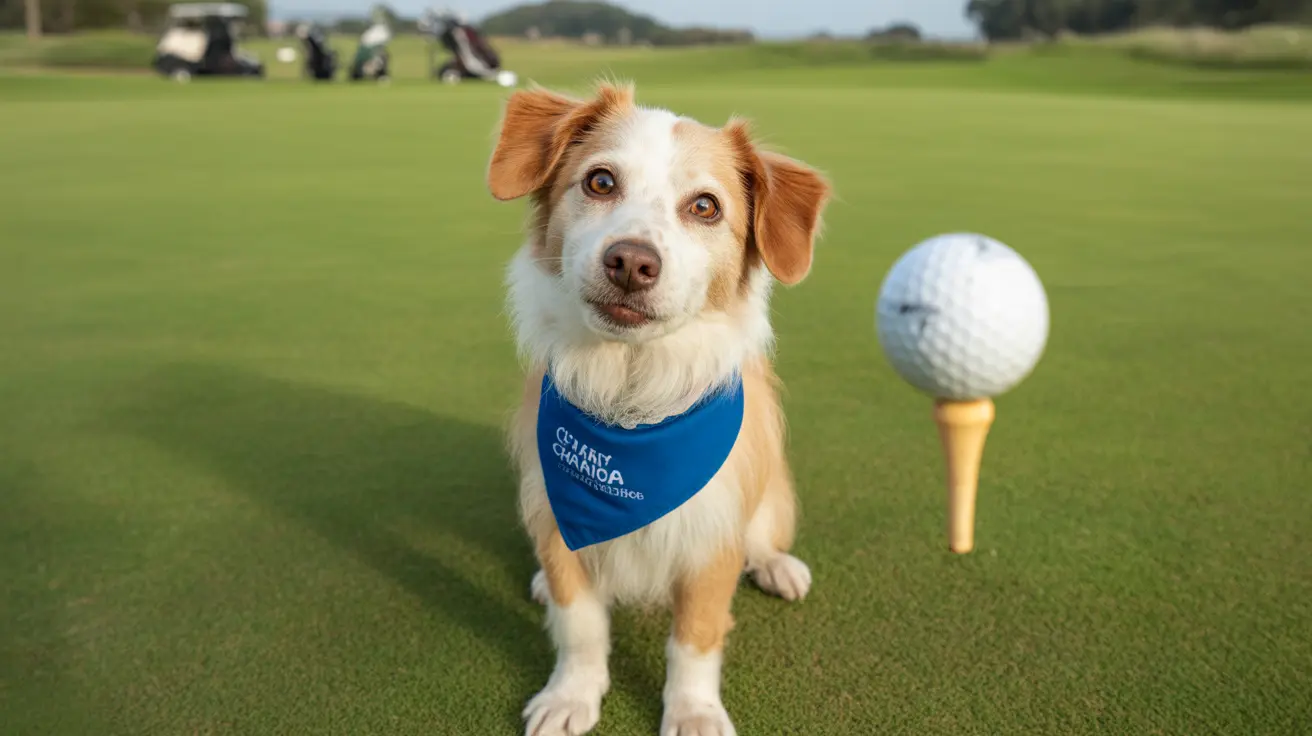Should Dew Claws Be Removed? What Dog Owners Should Know
Many new and prospective dog owners wonder, "Do breeders usually remove dew claws?" The answer largely depends on the breed, the breeder’s philosophy, the dog’s intended purpose, and sometimes, prevailing trends in the veterinary and breeding communities. Dew claws are the small, thumb-like digits located higher up on the leg, typically on the inside of the front legs, and sometimes found on the hind legs as well.
What Are Dew Claws?
Dew claws are essentially the canine equivalent of a thumb. They can be connected to the bone or attached only by skin. Most dogs are born with dew claws on their front legs, and some breeds also have them on the rear legs. In active dogs, especially working or sporting breeds, front dew claws can serve a functional purpose, such as helping to grip objects, maneuver over terrain, and stabilize joints during fast motion.
Reasons Breeders Remove Dew Claws
Despite possible functionality, many breeders remove dew claws, and here's why:
- Prevention of injury: Dew claws, especially those loosely attached or on the hind legs, can snag on brush, furniture, or get torn during play, leading to pain and expensive veterinary care.
- Breed standards: Some purebred dog standards encourage or require dew claw removal for show purposes. This practice is often seen in breeds like Boxers, Great Pyrenees, or Australian Shepherds.
- Hygiene and grooming: For long-haired breeds, dew claws may collect dirt or mat fur, which complicates grooming and increases the risk of infections.
- Convenience: Removing dew claws at a few days old is a simple, quick procedure that minimizes discomfort to the puppy and prevents future issues.
Timing of Dew Claw Removal
Breeders usually have dew claws removed by a licensed veterinarian when puppies are 3 to 5 days old. At this age, the bones are not yet fully formed, minimizing trauma and healing time. If the procedure is not done during this window, dew claw removal becomes a surgical procedure later in life, requiring general anesthesia and a longer recovery time.
Is Dew Claw Removal Painful?
When done shortly after birth, dew claw removal is a quick procedure that causes minimal discomfort, although some veterinarians and animal welfare advocates question its necessity. When performed later, it resembles an amputation and requires a more extensive recovery process.
Arguments Against Dew Claw Removal
Not all pet professionals or breeders support dew claw removal. Critics argue:
- It’s an unnecessary surgery: Many dogs live their whole lives with dew claws without any injuries.
- Nerve and joint function: In breeds where dew claws are well-attached, they can aid in movement and provide joint stability.
- Ethical concerns: Some see the removal as cosmetic, believing dogs shouldn’t undergo surgery without medical necessity.
- Changing standards: Increasingly, kennel clubs and veterinary organizations are discouraging routine dew claw removal.
Breed-Specific Practices
Whether or not dew claws are removed often depends on the dog’s breed:
- Labrador Retrievers: Commonly have rear dew claws removed, but front ones typically remain.
- German Shepherds: Usually only have rear dew claws removed if present.
- Poodles: May have dew claws removed for grooming ease and show standards.
- Great Pyrenees: Often have double dew claws on the rear legs, a trait required in show dogs, and thus are never removed.
What Should Pet Owners Do?
If you're getting a puppy from a breeder, ask whether the dew claws were removed and why. If you're purchasing a breed prone to dew claw injuries or with specific show requirements, removal might make sense. Conversely, if you're opposed to elective procedures, choose a breeder who allows dew claws to remain intact.
Final Thoughts
Whether dew claws should be removed or not is a nuanced issue. While many breeders still choose to remove them, particularly on the rear legs, practices are evolving. As a pet owner, speak with your breeder and veterinarian to understand the pros and cons specific to your dog’s breed and lifestyle. Most importantly, keep any remaining dew claws trimmed and clean to avoid potential issues.





